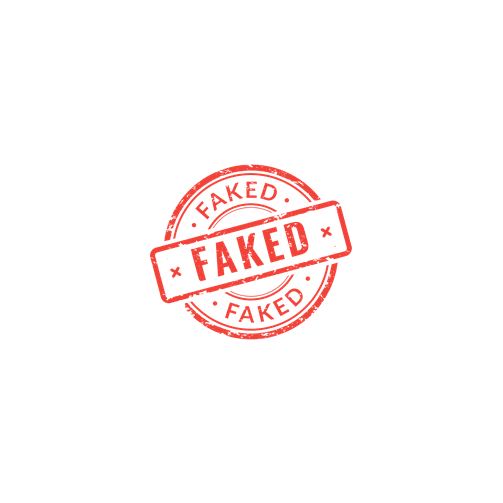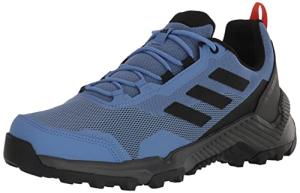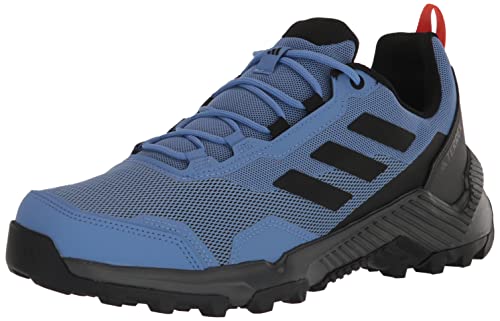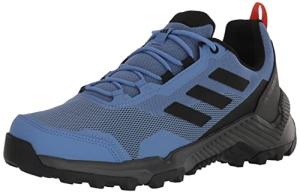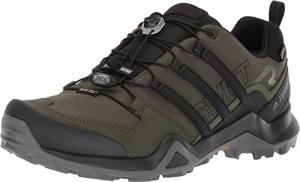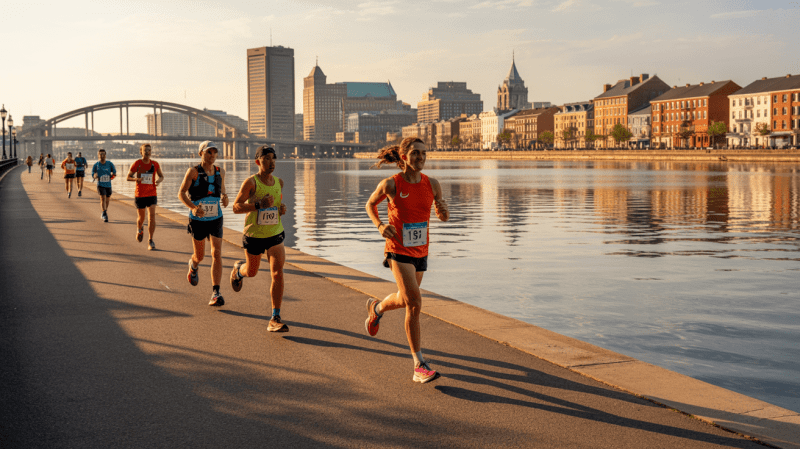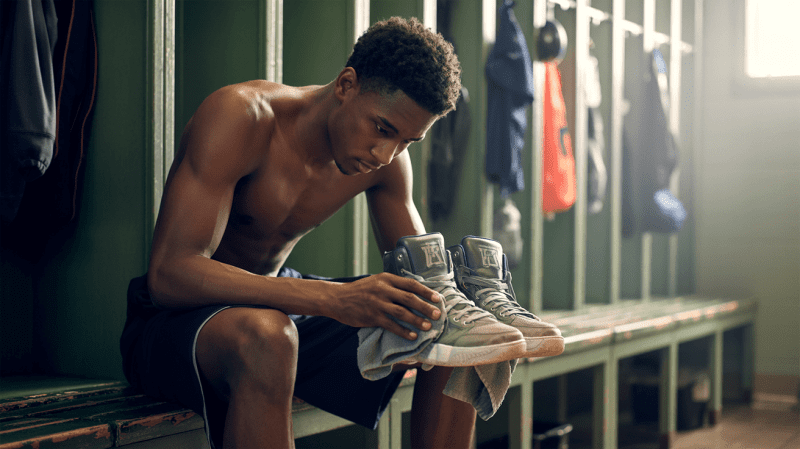Introduction:
Spotting fake sneakers online can be tricky, especially with the rise of counterfeit products. Knowing how to authenticate sneakers is essential for anyone looking to make a purchase.
Identifying key features and understanding common red flags will help buyers avoid getting scammed.
This guide will take readers through the process step-by-step, making sneaker shopping safer and more reliable.

In the world of sneaker collecting and fashion, authenticity matters. Many sneaker enthusiasts have fallen victim to fakes, leading to frustration and financial loss.
By learning how to recognize genuine sneakers and the telltale signs of counterfeits, individuals can confidently navigate online platforms and protect their investments.
This article will provide practical tips and tricks for sneaker authentication, helping readers develop a keen eye for spotting fakes. With a clear approach and actionable advice, buyers will feel empowered to make smart choices in their sneaker purchases.
Key Takeaways
- Understanding sneaker features is crucial for identification.
- Recognizing red flags can prevent counterfeit purchases.
- Conducting thorough checks ensures transaction safety online.
Basics of Sneaker Authentication

Sneaker authentication is the process of verifying the authenticity of sneakers before buying. This is important to avoid counterfeit pairs that may look real but are not.
A legit check often involves several simple steps. Buyers should familiarize themselves with the sneaker's key features. They should look for details like stitching, materials, and brand logos.
Here are some common signs to consider:
- SKU Number: Check the SKU number on the label inside the sneaker. It should match the number on the box.
- Stitching Quality: Authentic sneakers usually have neat and consistent stitching. Poor quality or uneven stitching can indicate fakes.
- Materials Used: Real sneakers are made with high-quality materials. Off-brand or cheap materials may signal a counterfeit.
- Weight of the Sneaker: Genuine sneakers often have a specific weight. If the shoes feel too light, they might be fake.
Authenticity can be confirmed through detailed inspection guides and comparison photos. Many resources provide side-by-side images of real versus fake sneakers.
Using professional services for sneaker authentication can also help. Some platforms focus on verifying sneakers before purchase.
Understanding these basics equips buyers to make informed decisions and protects against scams. Being cautious is key in the sneaker market.
Identifying Common Features of Genuine Sneakers

Genuine sneakers have specific features that set them apart from counterfeits. Attention to detail in materials, craftsmanship, and brand markings is crucial for spotting authentic pairs. Here are key aspects to look for when identifying real sneakers.
Materials and Craftsmanship
Real sneakers are made with high-quality materials. Brands like Nike use breathable mesh, premium leather, and durable rubber for comfort and longevity. The midsole is often cushioned, adding to support during wear.
Inspection of the stitching is vital. Authentic sneakers feature consistent, straight, and neat stitching. In contrast, fake sneakers tend to have uneven or frayed threads. Pay attention to the toe box as well; genuine models will have a structured design, while counterfeits might feel flimsy.
A well-constructed shoe feels sturdy and has a solid weight. Lightweight options may indicate inferior materials. Checking these aspects will ensure the sneaker's authenticity.
Unique Brand Markings
Each genuine sneaker has specific branding elements. The Nike logo, for example, is distinct and consistently applied. It should be crisp, clear, and not peeling or misshapen.
Labels inside the shoes are important too. They should display an SKU number that matches the box. If these numbers differ, it’s likely a fake. Additional brand markings, like holograms or QR codes, are also common in authentic sneakers.
Be alert to details like font styles or placements of logos. Counterfeit shoes often get these wrong. Recognizing these unique markings can help spot fake sneakers effectively.
Deconstructing the Fakes: Red Flags to Watch For

Identifying fake sneakers requires attention to detail. Certain indicators can signal whether a pair is authentic or counterfeit. Recognizing these red flags is crucial in making a safe purchase.
Packaging Discrepancies
Authentic sneakers often come in high-quality boxes that match the brand's typical design. Counterfeit sneakers may have packaging that is lacking or poorly made. Look for signs such as:
- Quality of the box: Authentic boxes feel sturdy and feature clear branding.
- Inconsistencies in color or logos: Check if the colors match those on official websites.
- Missing accessories: Many brands include important items like extra laces or care instructions. Absence of these items may indicate a fake.
If the packaging seems off, it may be a sign that the sneakers inside are not genuine.
Flawed Logos and Tags
Logos should align perfectly with the brand's established design. Many counterfeit sneakers have discrepancies in the logo or brand tags. Key details to check include:
- Spelling mistakes: Authentic brands pay attention to detail. Typos are common in fakes.
- Placement and size: Logos should be correctly positioned and sized. An incorrect logo can reveal a fake.
- Material quality: Tags on real sneakers typically feel more durable than those on counterfeits.
When examining logos and tags, a simple mistake can lead to a counterfeit discovery.
Incorrect Sizing and Labels
Every pair of authentic sneakers has specific labels that provide sizing information. Counterfeit items might have flaws in this area. Points to consider include:
- SKU number matching: Check the SKU number inside the sneaker. It should match the box. Discrepancies could indicate counterfeit status.
- Label quality: Look for labels made from non-durable materials. Real labels are often more robust.
- Sizing inconsistencies: If the size seems off compared to other pairs of the same brand, this could be a warning sign.
Carefully checking sizes and labels can help catch fake sneakers before they are purchased.
Online Platforms and Buyer Protection

Finding sneakers online requires understanding various platforms and the protections they offer. Many sites provide ways to secure purchases, which helps buyers avoid counterfeit shoes.
Understanding Resale Markets
Resale markets, such as StockX and GOAT, allow people to buy and sell sneakers. These platforms often authenticate items before they reach the buyer. This process helps ensure that the sneakers are genuine.
Key Features of Resale Platforms:
- Authentication: Verified experts check sneakers for authenticity.
- Transparent Pricing: Buyers see the current market prices for sneakers.
- Seller Ratings: High ratings indicate reliable sellers.
When buying from these marketplaces, customers should pay close attention to the listings and seller backgrounds to minimize risks.
Securing Your Purchase with Trusted Sources
Using reliable sources is essential for protecting purchases. Buyers should avoid unknown sellers or suspicious websites.
Tips for Safe Buying:
- Check Reviews: Look for feedback on sellers’ past transactions.
- Use Buyer Protection Services: Services like PayPal provide protections for dissatisfied buyers.
- Buy from Reputable Stores: Established retailers have a reputation to uphold and often offer secure summits for returns.
By following these steps, buyers can reduce the chances of obtaining replicas and increase confidence in their purchases.
Conducting Your Own Legit Checks: A Step-by-Step Guide
When checking if sneakers are genuine, it's important to have a clear plan. Here’s a step-by-step guide:
-
Examine the Packaging
Look for any spelling errors on the box. Authentic sneakers usually come in high-quality packaging. -
Inspect the Stitching
Check the stitching on the sneakers. Genuine products have clean, even stitching without loose threads. -
Verify the Logo
Compare the logo with official images. Each brand has specific details that should be consistent. -
Use an Inspection Checklist
Create a checklist of features to review. Key items include:- Material Quality: Real sneakers use high-quality materials.
- Weight & Feel: Genuine sneakers tend to feel sturdy.
-
Professional Footwear Inspection
Consider reaching out to professionals. They can provide expert insights and verify authenticity. -
Research Pricing
Check the standard price for those sneakers. If the price is too low, this could be a red flag. -
Check for Serial Numbers
Look for unique serial numbers inside the shoe. Verify these numbers through the manufacturer’s website.
Frequently Asked Questions
Many shoppers have questions about how to spot fake sneakers online. Understanding the key indicators and using available resources can help avoid counterfeit products.
What are the key indicators of counterfeit sneakers when shopping online?
Counterfeit sneakers often have poor-quality materials, incorrect logos, and mismatched SKU numbers. Checking for sharp and precise logos, as well as assessing the price and source, can also indicate authenticity.
How can I use technology like Google Lens to verify the authenticity of sneakers?
Google Lens can help verify sneakers by allowing users to take pictures of the shoes and search for similar images online. By comparing the results, one can check for inconsistencies in design and features that may suggest counterfeits.
What methods can authenticate sneakers without the need for an app?
One method is to closely examine the stitching and materials used in the sneakers. Looking for signs of irregular stitching or low-quality materials can point to fakes. Additionally, checking for the SKU number inside the shoe and ensuring it matches the box can also help.
Is there a reliable way to tell if Hoka or On Cloud branded shoes are imitations?
For Hoka and On Cloud shoes, checking the logo quality and stitching is crucial. Genuine pairs will have clean designs with no smudges.
It's also useful to examine the shoe's weight and comfort, as fakes often feel cheaper or lighter.
How can I differentiate between genuine and first copy sneakers?
Genuine sneakers will usually have unique features and details that are well-made, whereas first copies may lack these distinctions.
Comparing the shoe with images from official retailers can reveal discrepancies in color, logo placement, and stitching quality.
Can scanning a shoe's barcode determine if it's a fake?
Scanning a shoe's barcode can provide information about the product. If the barcode does not match the sneaker or links to an unrelated product, it is likely a counterfeit.
Checking online databases or brand websites can offer further validation.
